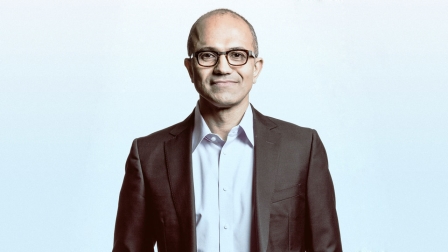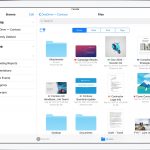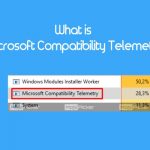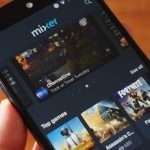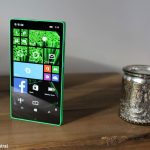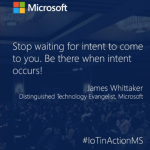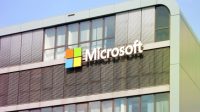Satya Nadella On Microsoft’s New Age Of Intelligence
“Microsoft was born to do a certain set of things. We’re about empowering people in organizations all over the world to achieve more. In today’s world, we want to use AI to achieve that.”
That’s Microsoft CEO Satya Nadella, crisply explaining the company’s artificial-intelligence vision to me this afternoon shortly after he hosted a keynote at Microsoft’s Ignite conference for IT pros in Atlanta. But even if Microsoft only pursues AI opportunities that it considers to be core to its mission, it has a remarkably broad tapestry to work with. And the examples that were part of the keynote made that clear.
They included, but were not limited to:
- Using health insights to help the Cortana assistant notice that a user tends to binge on junk food when traveling and might miss a gym appointment while on the road
- Working with Volvo to make cars less dangerous by analyzing motorists’ faces to ensure that they’re alert, undistracted, and in a mood conducive to safe driving
- Bringing football/baseball legend Deion Sanders onstage to try an in-the-works NFL fantasy football bot, which Microsoft hopes to have ready for next season
- Verifying the identity of Uber drivers by having them snap a selfie and analyzing it using Microsoft facial recognition technology
- Calling on HoloLens augmented reality to preview a kitchen remodel project at a Lowe’s store, with recommendations based on a shopper’s Pinterest pins
- Translating “War and Peace” in a fraction of a jiffy using Azure’s cloud computing service and leveraging Microsoft-designed Field Programmable Gate Array (FPGA) chips
Though most of these instances have a gee-whiz aspect to them, Nadella was quick to stress to me that they weren’t only about where Microsoft AI is going, but where it is already. “This is not all future,” he said. “Volvo is using it today. Uber is using it today. Lowe’s is using it today.”
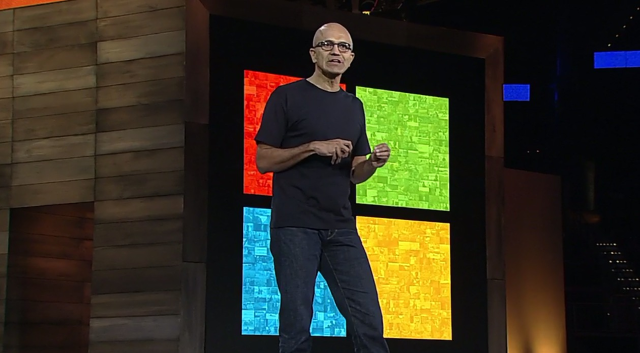
Which is not to say that the company isn’t also dedicated to using AI to tackle long-term projects, including some that most people wouldn’t automatically assume to be in its purview, such as using “biological computing” techniques to better understand how to fight cancer. Nadella says that the company has actually been involved in such research for years, and that it can now utilize its Azure platform to collaborate more efficiently with outside concerns such as pharmaceutical giant AstraZeneca, its partner in its cancer research.
In general, he adds, things are moving so fast these days that the line between research and product is increasingly blurry. “Sometimes I get confused myself,” he admits. For instance, Doug Burger, who demoed the Azure/FPGA advances during the Ignite keynote, works for Microsoft Research, but the stuff he showed off is already out there helping Microsoft cloud-computing customers.
“This is not academic work at all,” says Nadella. “He got me to write some big checks and got FPGAs deployed across all the compute nodes in Azure.”
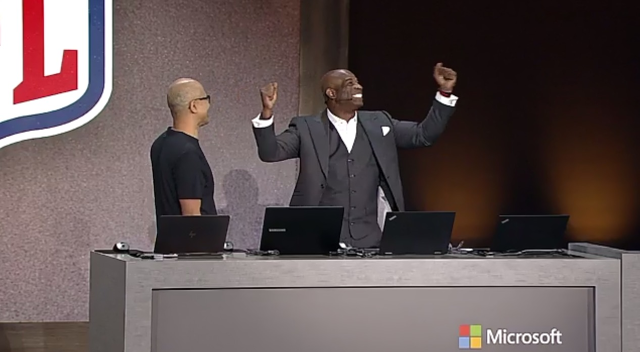
When I ask Nadella how Microsoft is sheparding its resources to create the artificial intelligence it needs, he says that it’s partly about remixing resources that already exist. “It’s this constant renewal,” he says. “We have talent coming in from different angles.” Facial recongition technology that originated in the Xbox’s Kinect sensor, for example, is now deployed as part of Microsoft’s cognitive services suite, used by companies such as Uber; image search technology initially built for Bing has come in handy for HoloLens.
In some cases, the company is preparing for the future through acquisitions—none bigger than the $26 billion deal to buy LinkedIn. Asked about that, Nadella begins with an obligatory reminder that the transaction is not yet final. But “we’re very, very enthusiastic,” he says. “The central thesis is that we already have great momentum with the professional cloud, with products like Office 365 and Dynamics 365. My goal was to say, what’s the social network that goes with that? It’s the professional social network, and there’s only one: LinkedIn.”
Melding together Microsoft productivity tools with LinkedIn’s data about people and their work could make all the services involved richer, he says. One example: Microsoft’s Dynamics 365 CRM would be a far more potent prospecting tool if it was hooked directly into a salesperson’s LinkedIn network.
AI Everywhere
Though the scenarios Microsoft presented at Ignite were new, the big-picture AI story is one that the company has been telling for a while now, including at its Build conference last spring, where agents and bots and their ability to transform venerable products such as Office was a primary theme. It’s also consistent with Microsoft’s recent emphasis on trying to be everywhere that people get stuff done—an era that I think of as having kicked off when Nadella presided over the unveiling of Office for the iPad a few weeks after being named as Microsoft CEO in February 2014.
Nadella says that his vision was never about writing apps for other companies’ operating systems per se: “The way I thought about it was not talking about iOS or Android or Windows. It was a mobile-first, cloud-first worldview.”
“In the long arc of time, I learned from our own history that you can’t assume any high-volume device will be at the center of all activities for all time to come,” he adds, implying that just as Windows didn’t rule the world indefinitely, it’s not a given that iOS and Android will reign forever.
In the time since Nadella began making cloud-first, mobile-first into a mantra, it’s become clear that it involves a lot more than just making sure that Microsoft’s best-known apps are available in capable versions for iPhones, iPads, and Android devices.
Earlier this year, for instance, the company acquired SwiftKey, a third-party keyboard for Android and iOS that, in its Android incarnation, now utilizes neural network technology to power its guesses about what you’re really trying to type. “We’ve proved that the keyboard is not associated with the device, it’s associated with you,” says Nadella. “That’s a fundamental shift in computing.”
Nothing is more core to Microsoft’s AI vision than the way it treats Cortana as an agent that—with your consent—can know quite a bit about you, and then share it with specialized bots on a need-to-know basis. (The service currently has 133 million active users across Windows iOS, and Android.) As Nadella explains it, “it’s your data, as opposed to something that’s going to be used for advertising or conflated with other data or transferred over to other apps without your consent.”
That philosophy fits in with Microsoft’s overall emphasis on productivity, but it also helps neatly frame the competition with the other tech giants who are applying AI to vast amounts of data. “Today, we look at people who have the capability we do,” Nadella told me. “There’s one or two—there’s a Google, there’s a Facebook. Some we compete with, some we partner with. Each of these companies has AI, but what do they do with it? Even if we make the same choices about categories, our approaches will be different.”
Fast Company , Read Full Story
(64)

